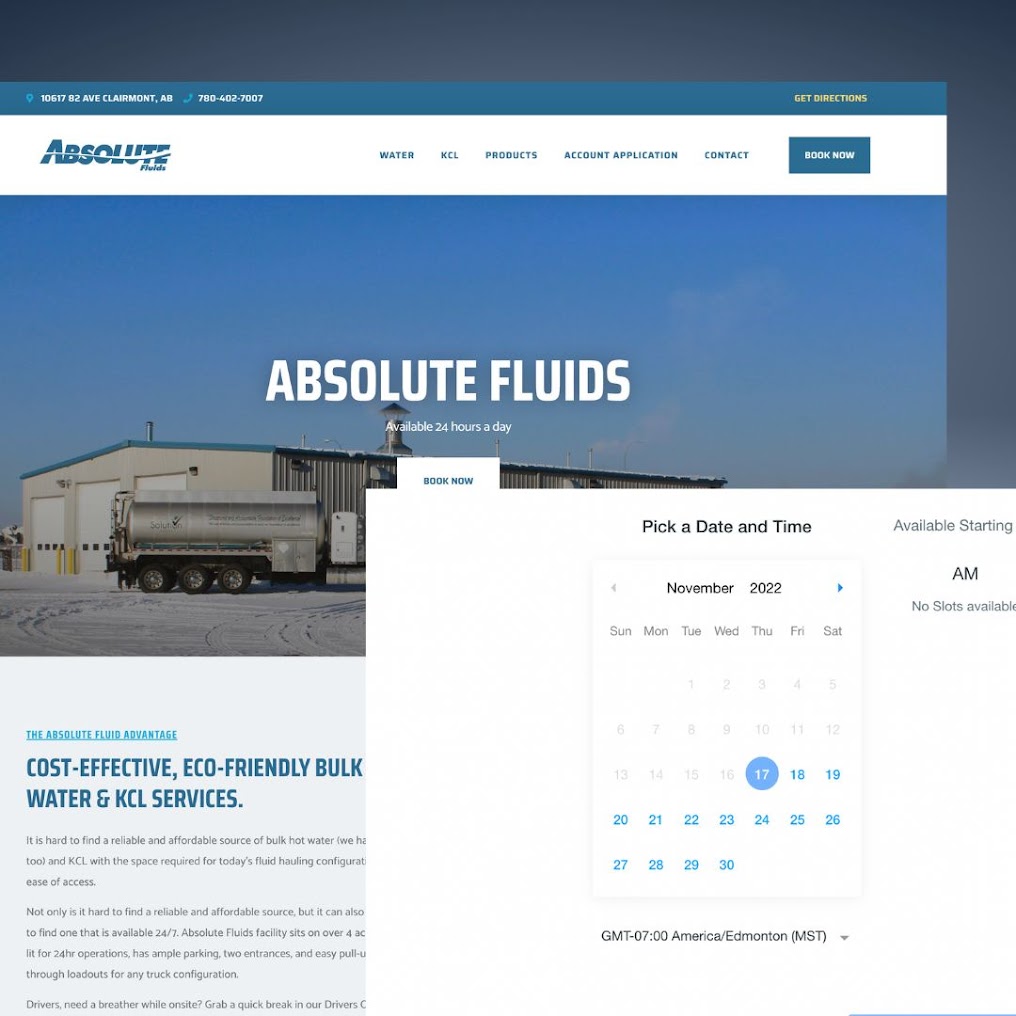components of responsive web design include
In 2022, web design trends will continue to focus on user experience as the key driver for success. Designers will strive to create sites that are not only visually appealing, but also highly functional and intuitive. We can expect to see more minimalistic designs that emphasize simplicity and function, with sophisticated animation and interactive elements used sparingly. Responsive design will remain a major trend, as well as mobile-first design strategies which lead to faster loading times and better accessibility. Additionally, designers will continue to pay attention to typography, ensuring that text is legible across various devices while maintaining consistency in overall style. As digital media becomes increasingly prevalent, we can also see an emphasis on incorporating emerging technologies such as Augmented Reality (AR) into websites. AR features allow users to interact with a site in new ways, breathing life into static content and giving them a more immersive experience. Creative use of visuals will remain essential to draw people in and keep them engaged; however, it is important that visual elements enhance the core message without distracting from it so that users can easily find the information they are looking for. Finally, security should be top of mind when creating a website or any other digital product - robust encryption technology should be employed wherever possible in order to ensure the safety of user data.
Responsive design is becoming increasingly important as technology evolves and more people access websites using different devices. This type of design ensures that the user experience is consistent regardless of the device being used, creating a fluid and seamless transition from computer to tablet to mobile phone. By optimizing the layout and design of webpages for different screen resolutions, responsive design allows users to easily navigate a website on their desired device for a better overall experience. It also reduces the need for multiple versions of a website, which can put an unnecessary strain on development time and resources. Additionally, with Google favoring mobile-friendly websites in its search engine rankings, having a website optimized for mobile devices has quickly become critical for success. Responsive design gives businesses an edge over their competition by providing their customers with an intuitive and enjoyable browsing experience no matter what device they're using.
